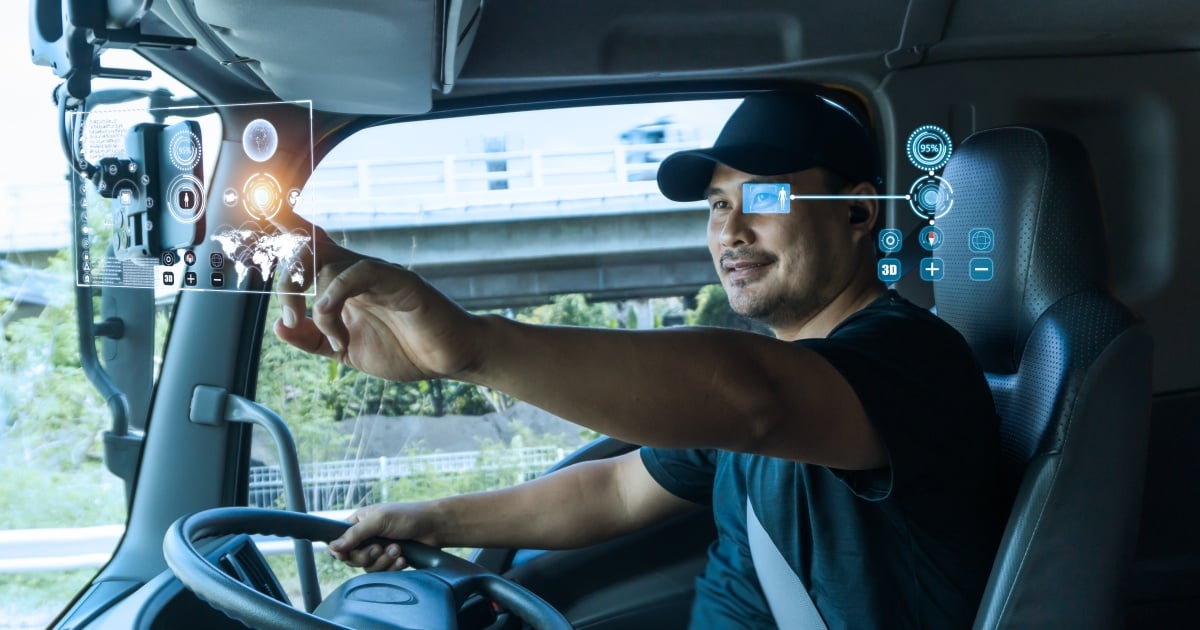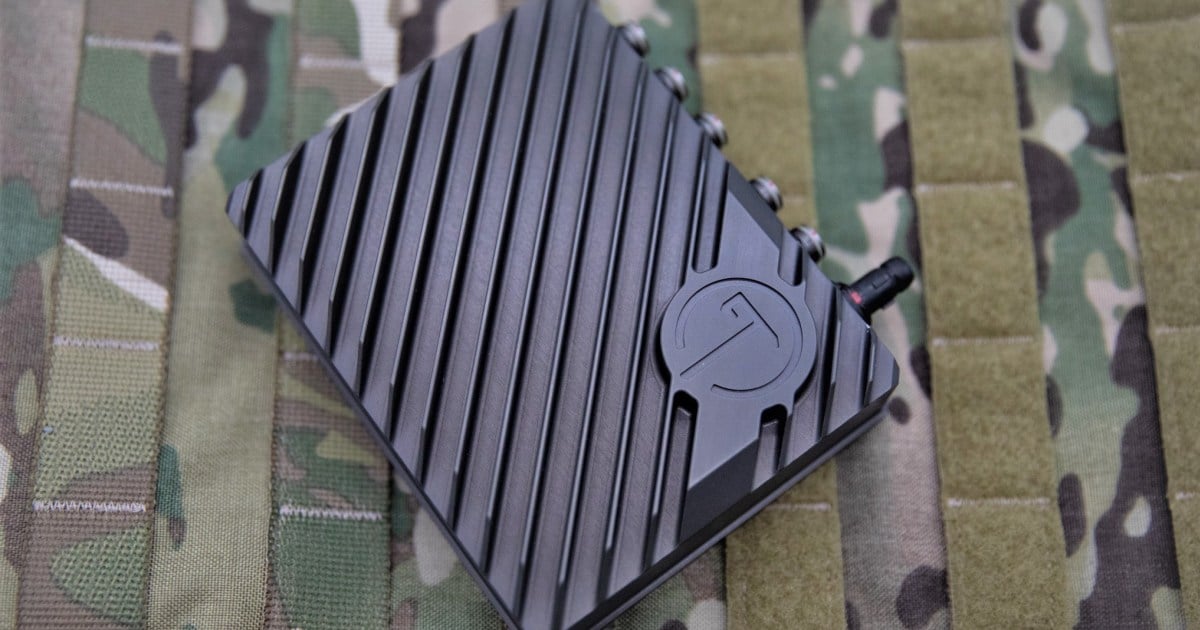We are in the midst of the biggest change to IT and business operations since the emergence of the Internet, as businesses are scrambling to mine intelligence from everything around us – cars, appliances, point-of-sales systems, surveillance systems, tablets, and more. As with any major market disruption, the IoT will enable some organizations to win, while others will flounder and become casualties – just as travel agencies, the record industry, and terrestrial radio were casualties of the shift to Internet-enabled and mobile devices.
The reason for this is that IoT data is created at breakneck speeds and can lose its value just as quickly when it can’t be analyzed fast enough. This requires taking faster and more efficient big data analytics closer to the source of data to extract intelligence and act on these insights as events happen. Being able to harness the insights from a flood of high-velocity and high-variety IoT data will provide tremendous value, which will enable better, faster business decisions.
Organizations are looking toward edge computing systems made up of high performance yet compact platforms as the answer to these data analytics needs. With the right sensors, measurements, and analytics, new information can be extracted from existing processes to generate real and quantifiable business value – such as predictive maintenance, additional efficiencies, and even new services for customers.
However, organizations need to understand IoT analytics in advance and recognize how this data can be used to make business-critical decisions, thereby saving time, expertise, and expense. But this cannot happen without new systems that enable analytics for IoT data at the network’s edge. Properly architected IoT intelligence systems at the network’s edge where data is collected will open up untold new services via IoT data insights to enable retailers to increase revenues by customizing the shopper’s experience, financial institutions to protect themselves by analyzing trades and communication in real time to stop noncompliant transactions, retailers and manufacturing organizations to reduce costs by optimizing inventory and tracking operations, and industrial plants to track and analyze sensor data at any edge node.
Historically, enterprises have relied on structured and “clean” data accessible through queries to databases. However, IoT represents very new types of rapidly generated, diverse, and highly dynamic data streams. Until now, enterprises have not had the need to analyze streaming, heterogeneous data transmitted perpetually in real time.
Organizations must look to high-performance, high-efficiency and compact platforms to reap the benefits from IoT insights. As such, IoT analysis demands a new edge-computing architecture. It has to be more responsive, easy to use, able to analyze all data structures, text, images, videos, and binary data, use the limited power and network resources at the edge efficiently, and can be integrated into distributed data center clusters.
Organizations that adopt proper edge computing techniques will have a significant advantage over their competitors when it comes to rapid business decisions, and will be able to garner impressive ROI based on a wide variety of IoT data and their data analysis infrastructure. This can happen only with appropriate edge computing methodologies built into the analytics architecture.
Making sense of the flood of IoT data will be the single biggest challenge of the IoT era. It will have far-reaching implications for practically every industry. Some of these implications are known today, but many will be discovered by a variety of corporations as they begin to unlock the power of information at the IoT-driven edge.
Pat McGarry brings extensive technology and leadership experience in hardware and software engineering to Ryft. He joins Ryft from Ixia Communications, where he was responsible for the company’s Federal security systems engineering programs. During his tenure at Ixia and BreakingPoint Systems, Pat spent several years working in the cyber security industry within the DoD and the Intelligence communities conducting experimentation and analysis of cyber-related performance and security concerns on arbitrary network infrastructures.
Edited by
Ken Briodagh





